Books of All Shapes and Sizes
Imagine you are walking through the collections at a library. When you think about a book on those shelves, what comes to mind? How do you picture it?
Most likely what you thought of was something that has a rectangular shape, smooth picture or text cover, and white pages. While that is most likely the case, you might be surprised at what else might be hiding in there. Sometimes, you may stumble upon a book that is just a little different.
Here in the Benson Ford Research Center at The Henry Ford, we have a few examples of some fun surprises one could come across in the library.
This first book has a trio of strangeness as it is the oldest book we have in our collections, but it is also a French translation of a book regarding military information. All of which is a bit different for the scope of our collection. The book is a translated version of De Re Militari written by Flavius Vegetius Renatus written in 1536.
While this next book may not be that old itself, people have been making miniature books for at least 500 years. After searching through the library and museum collections, the smallest book I believe to be in our collections is this teeny tiny book of a man who had a large impact on the world. It is a miniature book from 1961 containing the inaugural address of the 35th president, John F. Kennedy. The dimensions of the book and case are H 2.875” x W 2.438” x L .5 in.

Miniature Book and Case, "The Inaugural Address of John Fitzgerald Kennedy," 1961 / THF166334
Although that one is the smallest, we do have a few other peculiarly small books. Some examples include the copy of Robinson Crusoe below and a few books that are on exhibit with Your Place in Time. All are part of a book series called the Big Little Book, first started in 1932 by Whitman Publishing Company. The Bytes of Wisdom miniature book also happens to be a pop-up book! The Abraham Lincoln miniature book on the far right is a very close contender to the JFK miniature book above, being just about a quarter of an inch bigger in height.

The Big Little Book copy of Daniel Defoe’s Robinson Crusoe; Bytes of wisdom: a user's guide to the world. R 004 C957 1996.; Abraham Lincoln, President of the United States, 1861-1865 : selections from his writings. R 973.7 L736 1950. / Image by Mollie Gordier
On the other hand, we have some hefty and oversized items such as this Norman Rockwell biography, a self-titled book on artist Alexander Girard, a book of America in maps, and this understandably chunky second edition of Webster’s dictionary from 1946.
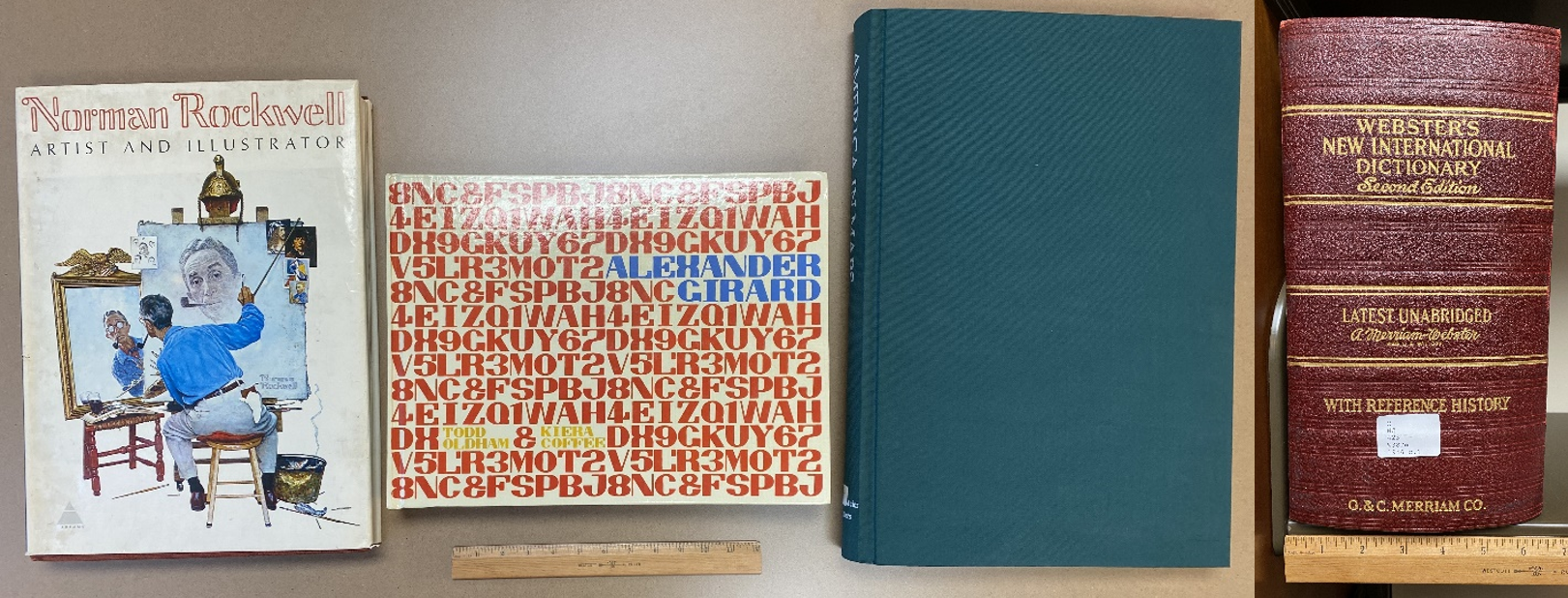
Norman Rockwell: artist and illustrator. X NC 759.13 R684n, 1970.; Alexander Girard. X NC 745.4092 G517 O44 2011.; America in maps dating from 1500 to 1856. X NC 912.73 A51.; Webster's new international dictionary of the English language: unabridged. X NC 423 W382n 1946. / Image by Mollie Gordier
Some books break the rectangular mold, such as this one commemorating the 40th anniversary of the space race that heightened when Americans Neil Armstrong and Edwin A. “Buzz” Aldrin Jr. stepped foot on the moon in 1969. Instead of an angular shape, this book and others in this series all take the shape of a circle.
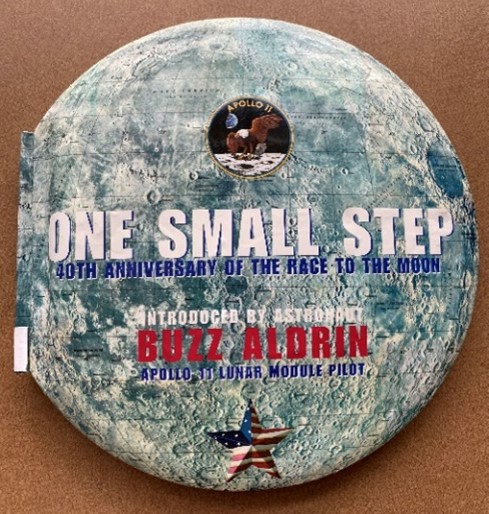
One small step: 40th anniversary of the race to the moon. 387.8 O58 2009. / Image by Mollie Gordier
Beyond the basic shapes, there is this Smucker’s cookbook that contains some delicious recipes within pages that imitate an actual jar of Smucker’s Sweet Orange Marmalade.

Smucker's best-loved recipes. NC 641.6 S666 2006. / Image by Mollie Gordier
This next book took a different route with a stylish cover made entirely of metal. It is a 1968 exhibit catalog for the Museum of Modern Art that also happened to feature artist Lillian Schwartz — an artist whose work is included in our collections.
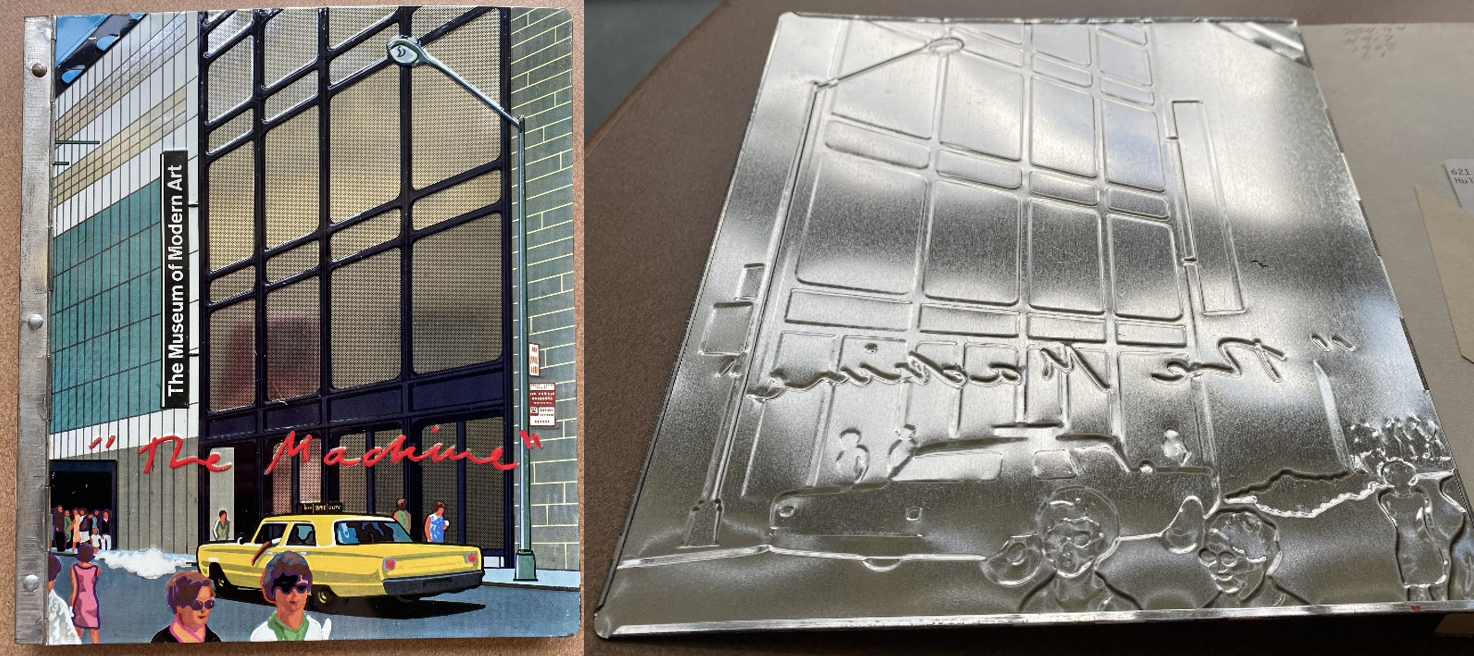
The machine : as seen at the end of the mechanical age. 709.22 H917 1968. / Image by Mollie Gordier
Some books simply have a small touch that is outside the box, such as the following two books that not only have aesthetically pleasing covers, but they are also a tactile experience. We have a glittery history of the Academy Awards with an iconic awardee envelope adhered to the front cover and a velvety book about dolls.
![The Academy Awards: the complete history of Oscar. X 791.43 K56 2002.; The Doll. X 745.5922 F791 [1972].](/images/default-source/blog-images/pic-7-textured-covers.png?sfvrsn=4fad0801_1)
The Academy Awards: the complete history of Oscar. X 791.43 K56 2002.; The Doll. X 745.5922 F791 [1972]. / Image by Mollie Gordier
This is especially the case with this book about miniature golf written by John Margolies that has a cover made of artificial grass.
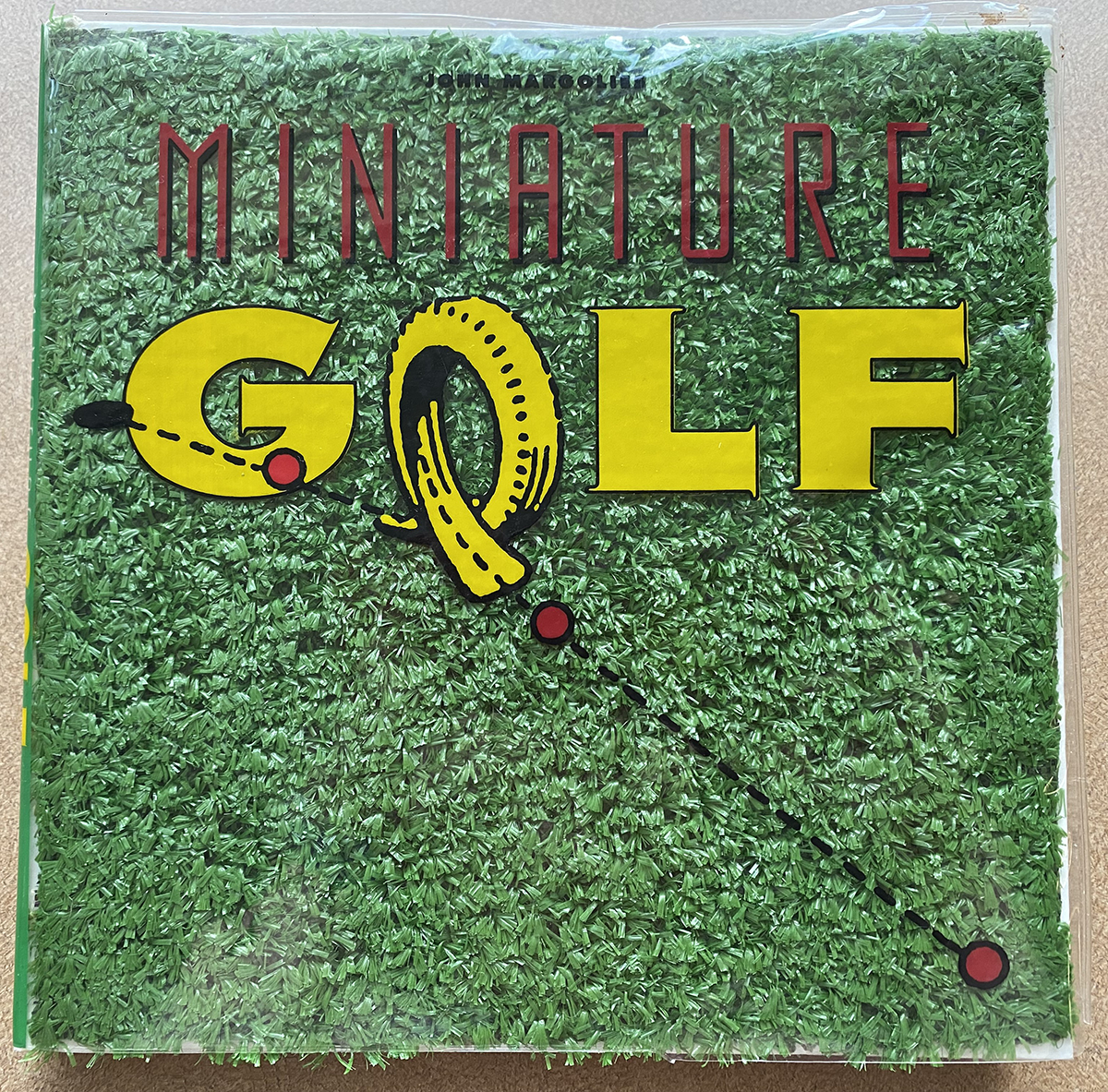
John Margolies's miniature golf. 796.3522 M329, 1987. / Image by Mollie Gordier
Not only is the cover of a book fair game in customization, the text block edges of a book can also feature some originality. Here is a sampling of some of the colorful pages we have at the Henry Ford. Some of these examples have solid or metallic colors while some of the older rare books have a technique called “marbling” covering the pages. Marbling was also very popular as decoration on front covers or the endsheets, which are the pages adhered to the inside of the cover.
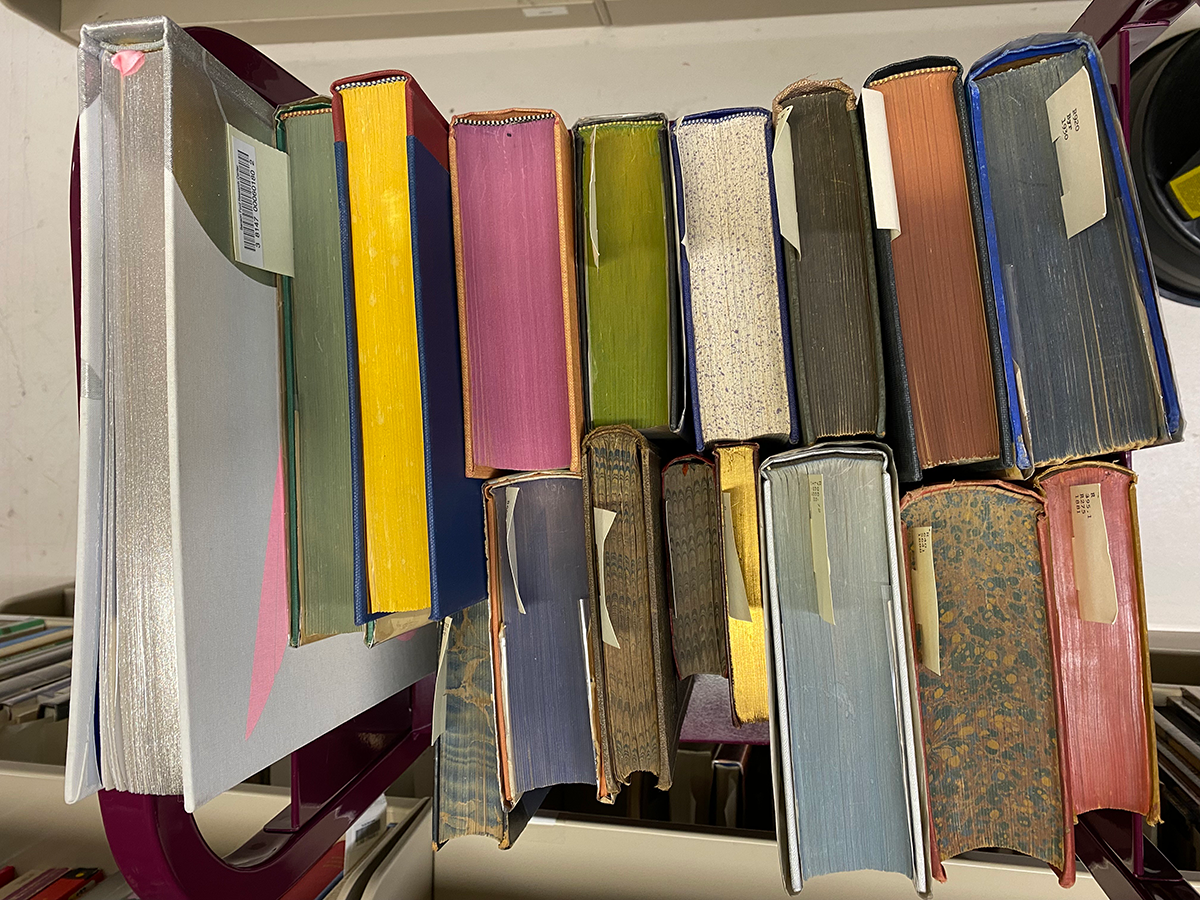
Image by Mollie Gordier
The existence of books and all their various forms is vast and quite rich, and is not easily condensed into a short blog post. If you enjoy understanding the many shapes and forms of books over time and the plethora of interesting influences in those changes, you may be interested in reading a book…about books! Such as these found in Benson Ford Research Center library: The Book by Amaranth Borsuk and The book: a cover-to-cover exploration of the most powerful object of our time.

Image by Mollie Gordier
Mollie Gordier is the Technical Services Librarian at The Henry Ford.

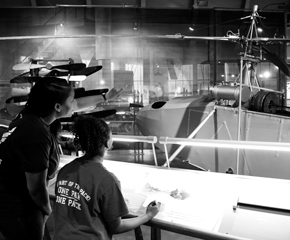
Facebook Comments